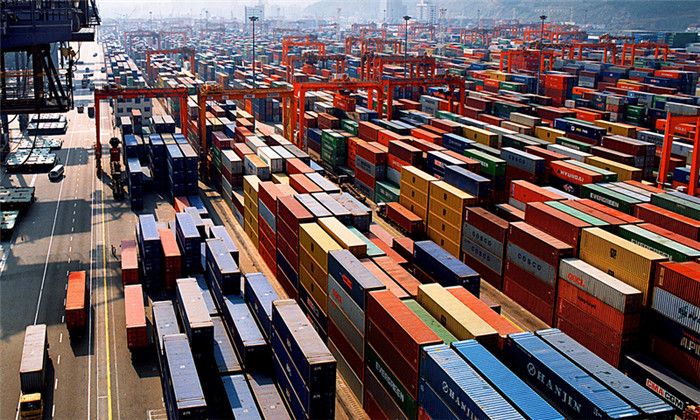The development bank CAF highlighted five components of the facilitation of international trade in goods as part of a report it released on Wednesday.
International trade
According to the World Trade Organization (WTO), the value of world merchandise trade for 2021 was the highest in five years ($44.8 trillion), reflecting a significant demand stimulus in advanced economies.
Trade was up 26.1% over 2020, and increased 16.9% compared to 2019.
However, expectations of continued growth in international trade were tempered by the assumption that consumption habits and demand patterns will eventually normalize to pre-pandemic levels.
These are the five components of international trade facilitation:
Single Window
Enables parties involved in international trade and transport to use standardized documents and information, which are entered at a single point of entry to carry out an export, import or transit movement.
Such documentation includes customs declarations, applications for permission to import or export, and other documents such as certificates of origin and commercial invoices.
Joint processing at border crossings
Joint customs control at border crossings refers to the processing of documentation and the performance of inspections by the customs authority at a single border crossing point with mutual recognition of clearance and inspection results by the partner customs authority.
Authorized economic operator
Certain companies that operate in foreign trade on an ongoing basis are certified as having security and transparency practices that enable them to streamline and reduce customs processing times (e.g., physical inspections of goods).
Electronic Data Interchange
Known as EDI, it is the structured exchange of data between the applications of various organizations, which substantially facilitates communication between public and private actors in trade and transport. The format and sequence of data transmission used is generally referred to as UN/EDIFACT, meaning «electronic data interchange for administration, commerce and transport»; it was developed by the United Nations to replace several previous standards that were not compatible with each other.
In-transit cargo movement
In the case of trade between two neighboring countries, transit movement means that customs clearance takes place at bonded facilities within the countries, not at the border. The risk of fraud is controlled with bank guarantees or the carrier’s own truck.
![]()

